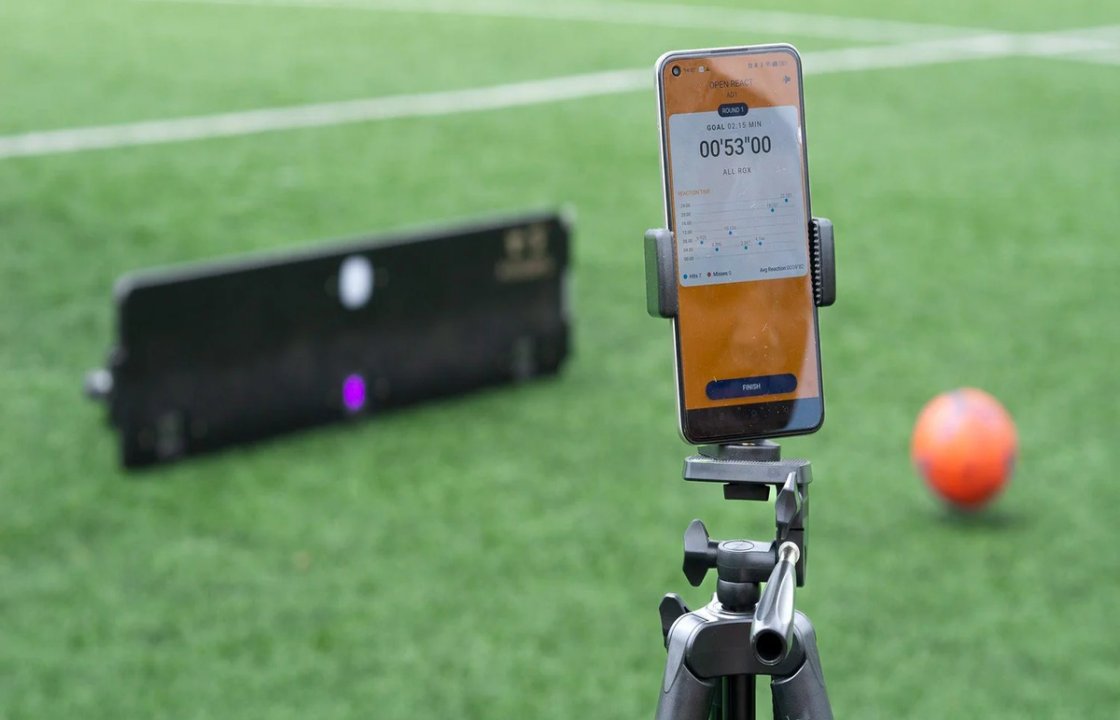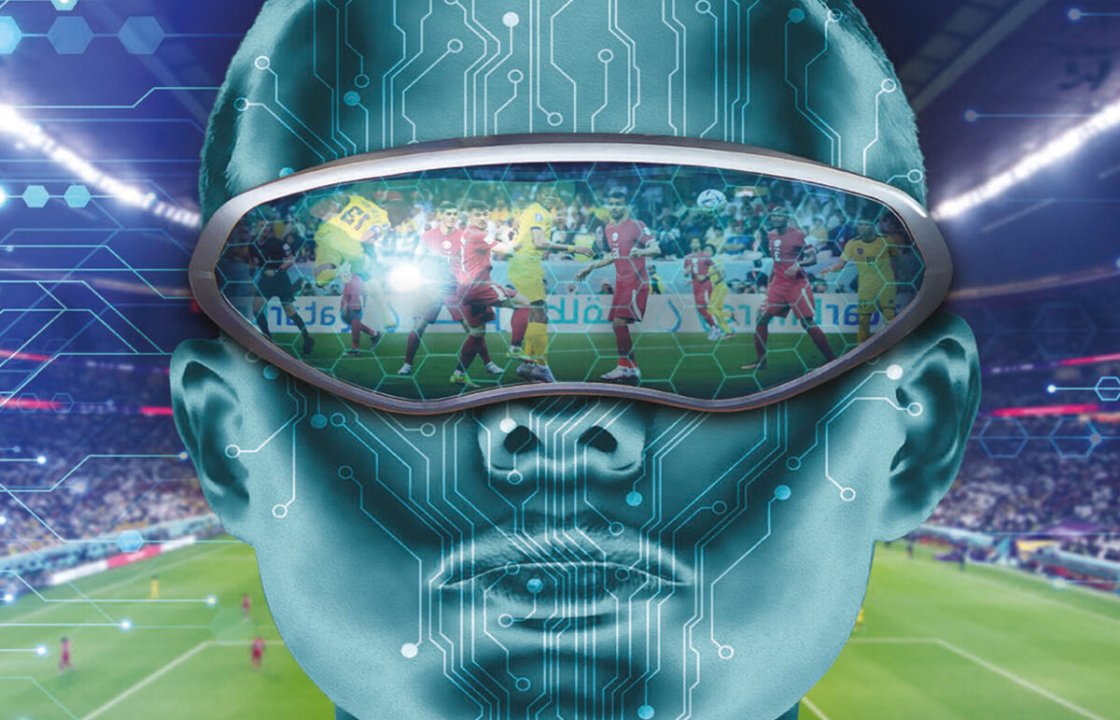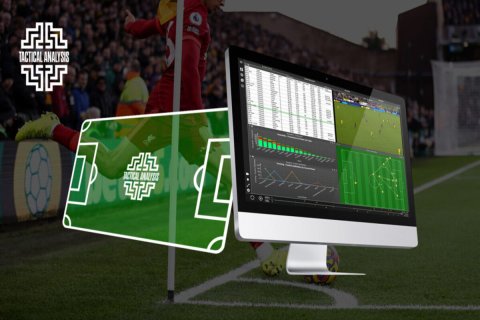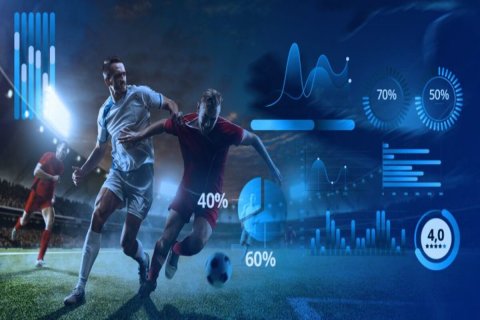The rise of technology is reshaping the market of soccer in the United States, redefining how products, services, and fan experiences are created and consumed.
The Growing Soccer Market in the U.S.
Over the past two decades, the U.S. soccer market has undergone remarkable growth, fueled by increasing participation, global investment, and the expanding popularity of leagues such as Major League Soccer (MLS) and the National Women’s Soccer League (NWSL). Unlike in the past, when soccer was viewed as a niche sport, it now occupies a significant place in the national sports landscape. This growth is not only measured by attendance and television ratings but also by the economic impact of soccer-related products—from jerseys and boots to advanced training devices.
The market is further boosted by international events. The upcoming 2026 FIFA World Cup, co-hosted by the United States, Mexico, and Canada, is expected to spark unprecedented demand for soccer-related products and services. From ticket sales and broadcasting rights to merchandising and sponsorships, the event will position soccer at the forefront of American sports culture. This global stage will accelerate investment in technology-driven products that shape both the fan experience and the development of players.
The Technology Revolution in Soccer Products
One of the most notable transformations in the U.S. soccer market has been the integration of technology into products. Traditional equipment—boots, balls, and uniforms—has evolved into high-performance, data-enhanced tools.
Modern soccer boots are now designed using 3D printing and lightweight materials that maximize both speed and comfort. Balls are embedded with sensors that track velocity, spin, and trajectory, allowing coaches and players to evaluate performance in ways that were unimaginable a generation ago. Even training jerseys are being infused with wearable technology, such as GPS trackers and heart-rate monitors, which provide real-time data on workload and recovery.

For fans, products are equally high-tech. Jerseys with augmented reality features allow supporters to scan logos and access exclusive content from their favorite players. Meanwhile, virtual reality headsets transport fans into immersive match-day environments, letting them feel as if they are inside the stadium. These innovations demonstrate how technology has blurred the lines between product, performance, and experience.
The Influence of Data Analytics
Perhaps the most impactful transformation in U.S. soccer is the reliance on data analytics. For clubs and academies, data-driven products have become essential in decision-making. GPS vests, biometric sensors, and AI-powered video platforms collect vast amounts of information about players’ performance, movements, and physical condition. This data is then analyzed to create personalized training programs, reduce injury risks, and identify tactical improvements.
Companies specializing in sports technology have created platforms that break down games in real time. Coaches can access live dashboards during matches, allowing them to adapt strategies instantly. For scouts, these tools provide a clearer picture of a player’s potential, creating a more transparent and competitive market for talent recruitment.
The result is a soccer culture where performance measurement is no longer based on observation alone but supported by tangible evidence. This shift benefits not only professionals but also youth academies, where data-driven feedback accelerates player development.
Fan Engagement and Digital Products
The growth of U.S. soccer is not solely about athletes; it is also about the fan experience. Fans now consume the game through a variety of technological products, from streaming platforms to mobile applications. These platforms allow users to access live matches, behind-the-scenes content, and interactive features that deepen their connection with clubs and players.
Digital collectibles, such as non-fungible tokens (NFTs), have also entered the soccer market, providing fans with unique digital memorabilia. Clubs sell limited-edition NFT jerseys, highlight moments, and even virtual stadium experiences. These innovations expand revenue opportunities while creating a more personalized fan culture.
E-commerce has also transformed the soccer product landscape. Fans can now order customized jerseys, training gear, and memorabilia with a single click, often accompanied by interactive experiences such as virtual try-ons. The ability to personalize products reinforces loyalty and enhances the overall fan journey.
Challenges in Market Transformation
Despite its impressive growth, the U.S. soccer market faces challenges as it adapts to technology. The high cost of advanced products and equipment can create barriers to accessibility, limiting opportunities for lower-income families and grassroots programs. This issue is particularly relevant in a country where pay-to-play models are still prevalent.
There is also the question of balancing technology and tradition. While data and digital tools enhance performance, soccer is ultimately a game of creativity, spontaneity, and passion. Over-reliance on technology risks reducing the human element that makes the sport unique. Finding the balance between innovation and authenticity will be critical as the market evolves.

The Impact on Youth Development
Technology-driven products are not limited to the professional level. In the U.S., youth soccer academies are adopting innovative tools to nurture the next generation of players. Video analysis apps, interactive training systems, and AI coaching assistants provide young athletes with feedback that was once available only to elite professionals.
Training products like smart balls or skill-tracking apps encourage children to practice more effectively, turning training sessions into measurable, gamified experiences. Parents and coaches also benefit, as they can monitor progress and tailor development strategies. These products align with the growing emphasis on holistic player development, which focuses not only on technical skills but also on fitness, psychology, and overall well-being.
Looking Ahead: The Future of Soccer Products in the U.S.
The transformation of soccer products in the U.S. market is far from over. With advancements in artificial intelligence, virtual reality, and biomechanics, the future promises even more integration between technology and sport. Imagine AI-powered boots that adapt to a player’s foot movements in real time, or holographic coaching sessions that allow players to learn directly from professionals on another continent.
The U.S. market, with its diverse consumer base and strong appetite for innovation, is ideally positioned to become a global leader in soccer technology. As investment continues to flow into both professional leagues and grassroots programs, the potential for growth is immense.
Connecting with SIA Academy
At SIA Academy, we are fully aligned with these market and technology transformations. Our programs incorporate state-of-the-art tools such as GPS trackers, video analysis platforms, and personalized training technologies to ensure our players reach their maximum potential. Just as the U.S. soccer market evolves with innovation, we integrate these same advances into our daily routines—combining data, technology, and expert coaching to create the best environment for development. By embracing the same trends driving growth in the United States, we prepare our athletes to excel in a modern, technology-driven soccer world.






